We’re excited to introduce you to the always interesting and insightful Stephanie Fenner. We hope you’ll enjoy our conversation with Stephanie below.
Stephanie, thanks for joining us, excited to have you contributing your stories and insights. Can you talk to us about how you learned to do what you do?
The best thing about natural dyeing is that it can be very humbling. One season might yield perfect, beautiful dyes and next year, with the same plants, you might not achieve “good” color. I think the most essential skill I’ve learned is patience and a willingness to see the successes hidden in what might be considered a fail.
Knowing what I know now, I don’t think I would have done much differently. I learned almost everything I know through trial and error and free resources on the internet. However, there are a few books I might have invested in earlier on if I could go back to save myself a little less error. Part of the reason I started Sown and Foraged was to provide an inclusive space for learning and growing, without the typical course fees I’ve seen other creators charge. So now in addition to learning ancient crafts of dyeing and sewing clothes, I was also learning how to be an entrepreneur, which came with new skills and obstacles.
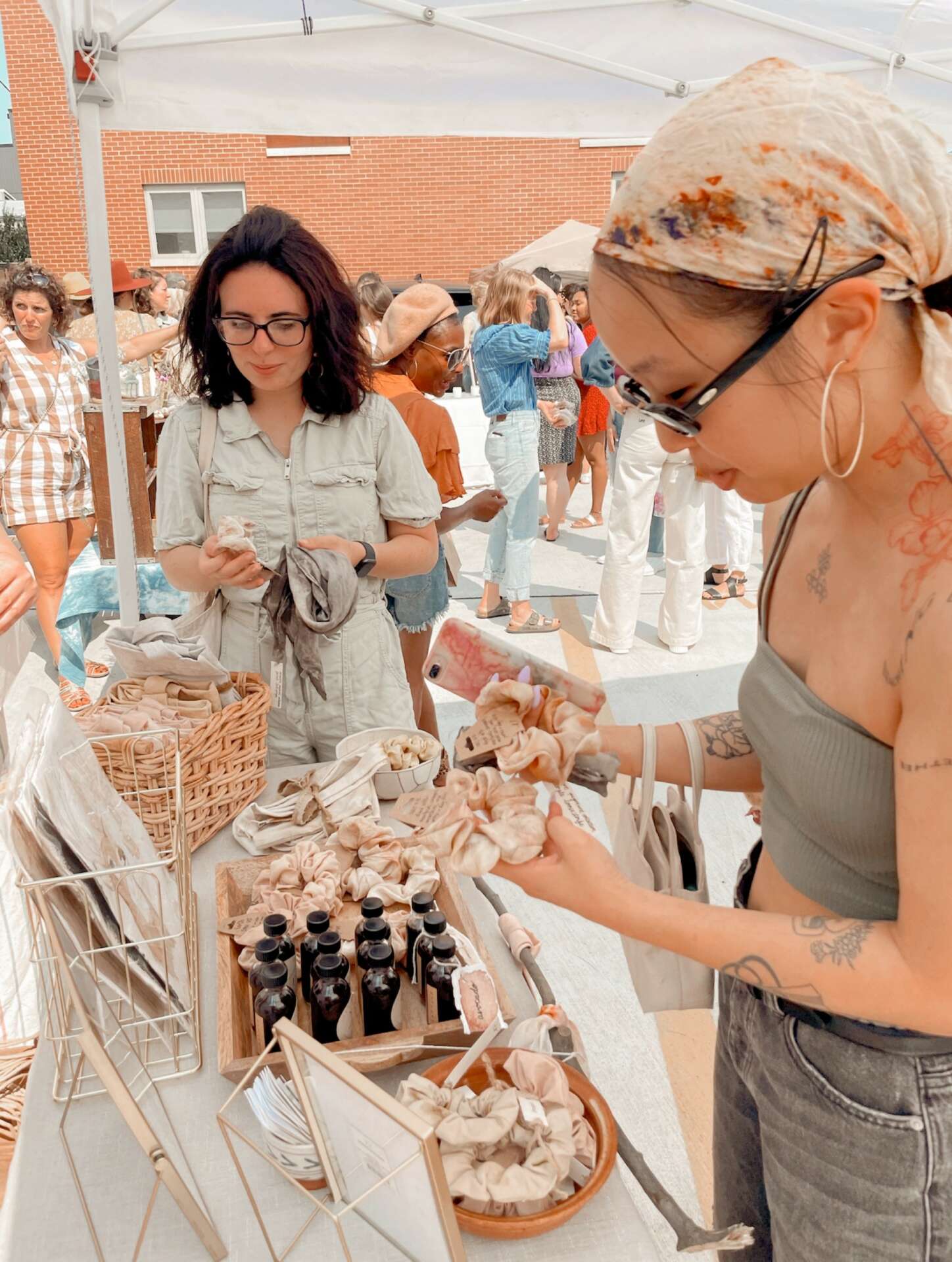
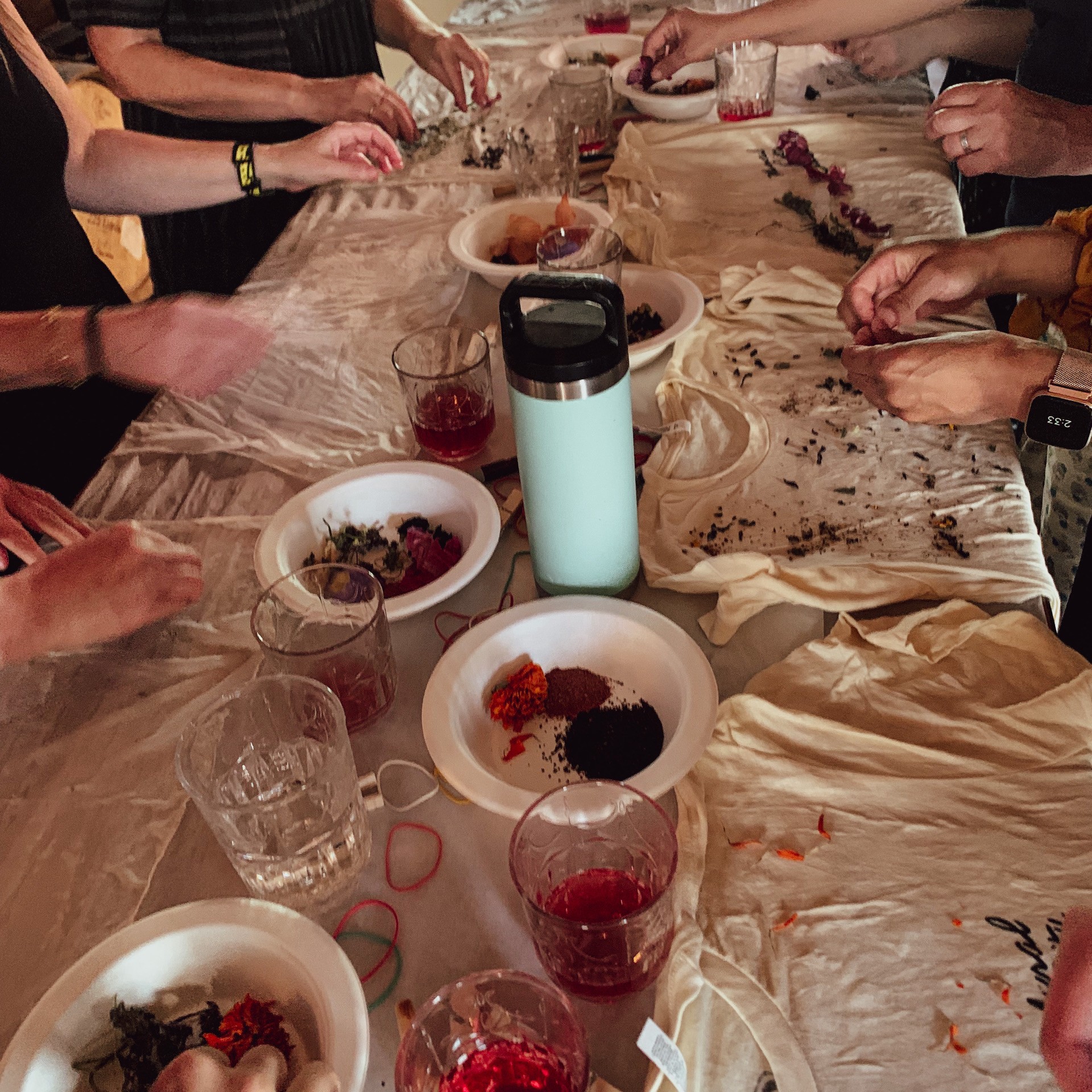
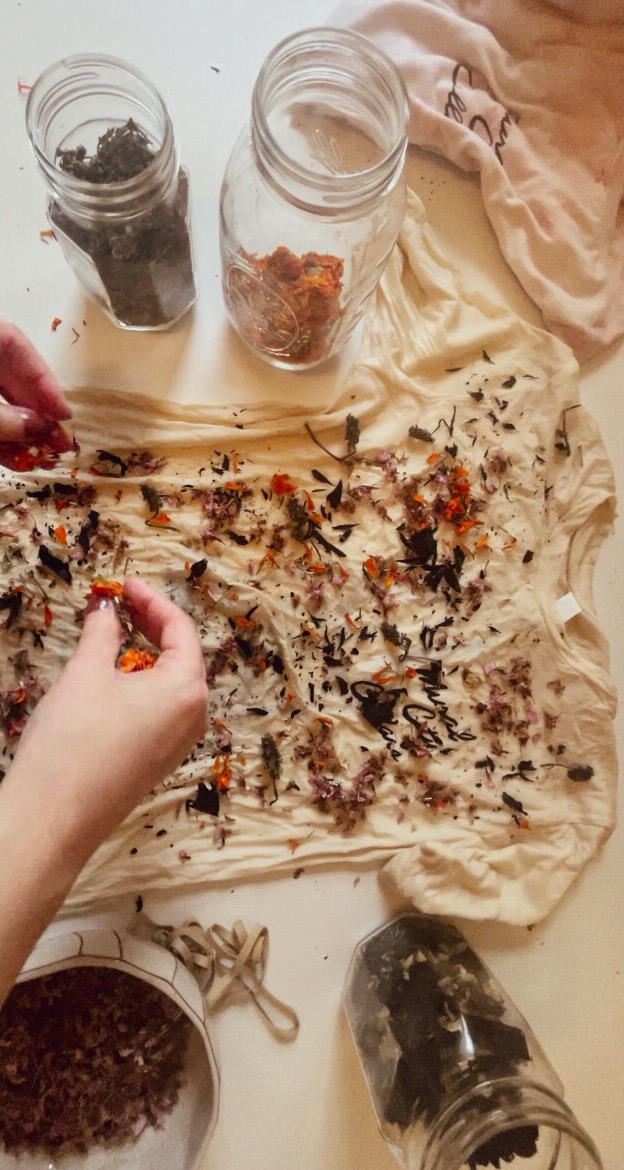
Great, appreciate you sharing that with us. Before we ask you to share more of your insights, can you take a moment to introduce yourself and how you got to where you are today to our readers
I was first introduced to the world of natural dyes through my painting practice. I graduated from the Pennsylvania Academy of the Fine Arts in 2018 and was working with synthetic oil paints. I had wanted to have more of an awareness of the materials being used in my studio and create a deeper connection between what I used to paint with and the paintings I make, depicting our relationships to landscape and nature. This desire led me to create my own oil paint from collected rocks and inks from foraged plant material. I felt like this was the missing element in my practice; it was meditative and challenging and connected me to traditions that were thousands of years old. Around the same time, I was teaching myself to sew. It only felt natural that I combine everything I had learned about gleaning color from plants and start a dye practice.
When I started Sown and Foraged, my mission was (and is) to grow an awareness of the potential for beauty that exists all around us, in gardens, but also in overgrown weeds, in riverbeds or in plants deemed “invasive”. I create clothing and accessories that make me happy in the hopes that others will see the subtleties that can be achieved through plant alchemy. I also sell plant inks and provide free tutorials for those eager to follow a similar path I have.
Something I feel strongly about as a small business owner is pushing back against the idea that because something is handmade, it should automatically be priced much higher than if it wasn’t. I take great pride in consciously and selectively sourcing materials and focusing on small batch production so that my goods can be affordable and loved by many. I will always be transparent with my fabric choices, dye materials and practices because accessible education in this craft is just as important as the finished products for sale.
I hope that the folks who love Sown and Foraged and my products can picture themselves next to me, standing in a field of goldenrod or crouching under an oak tree, channeling the magic of nature into what they hold in their hands.

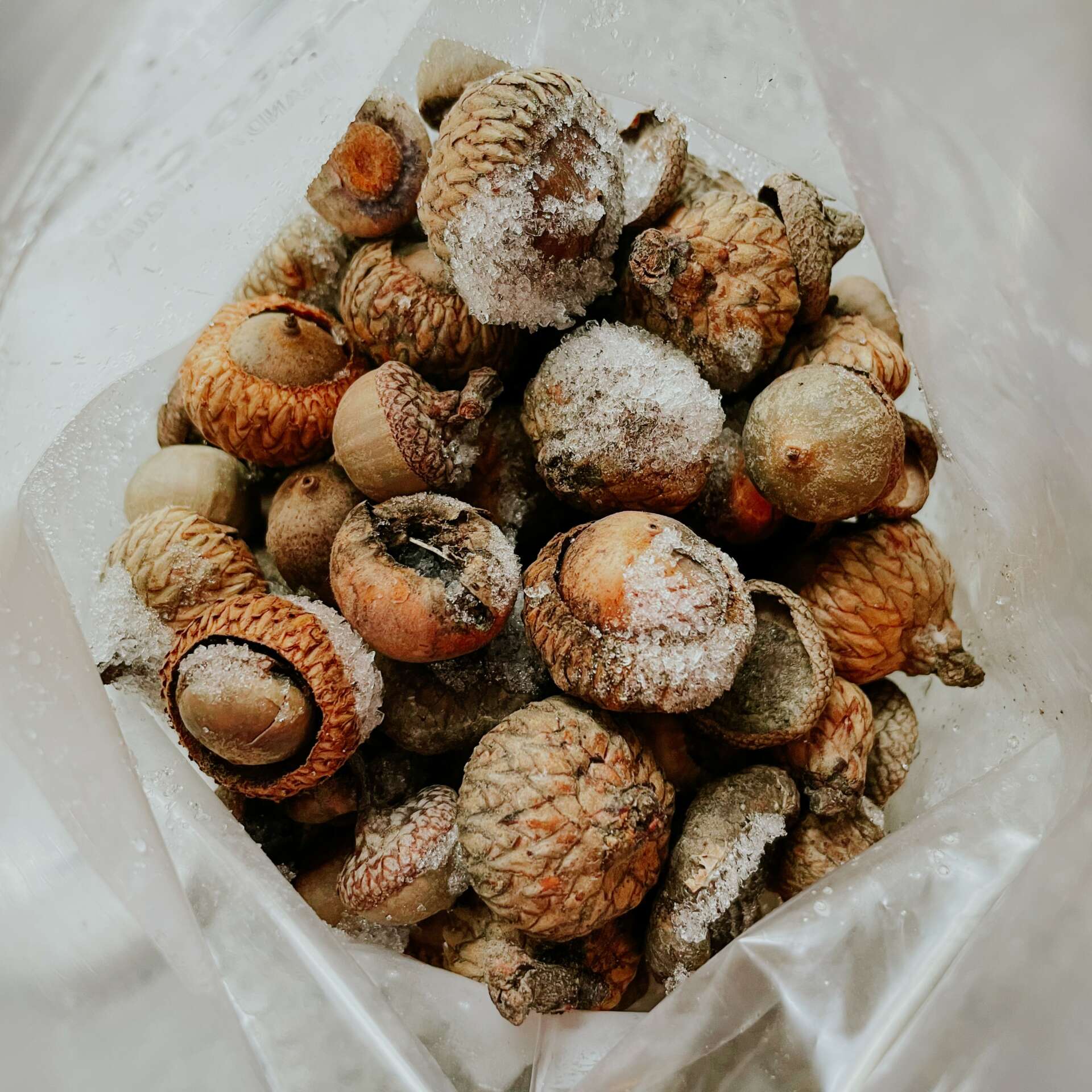
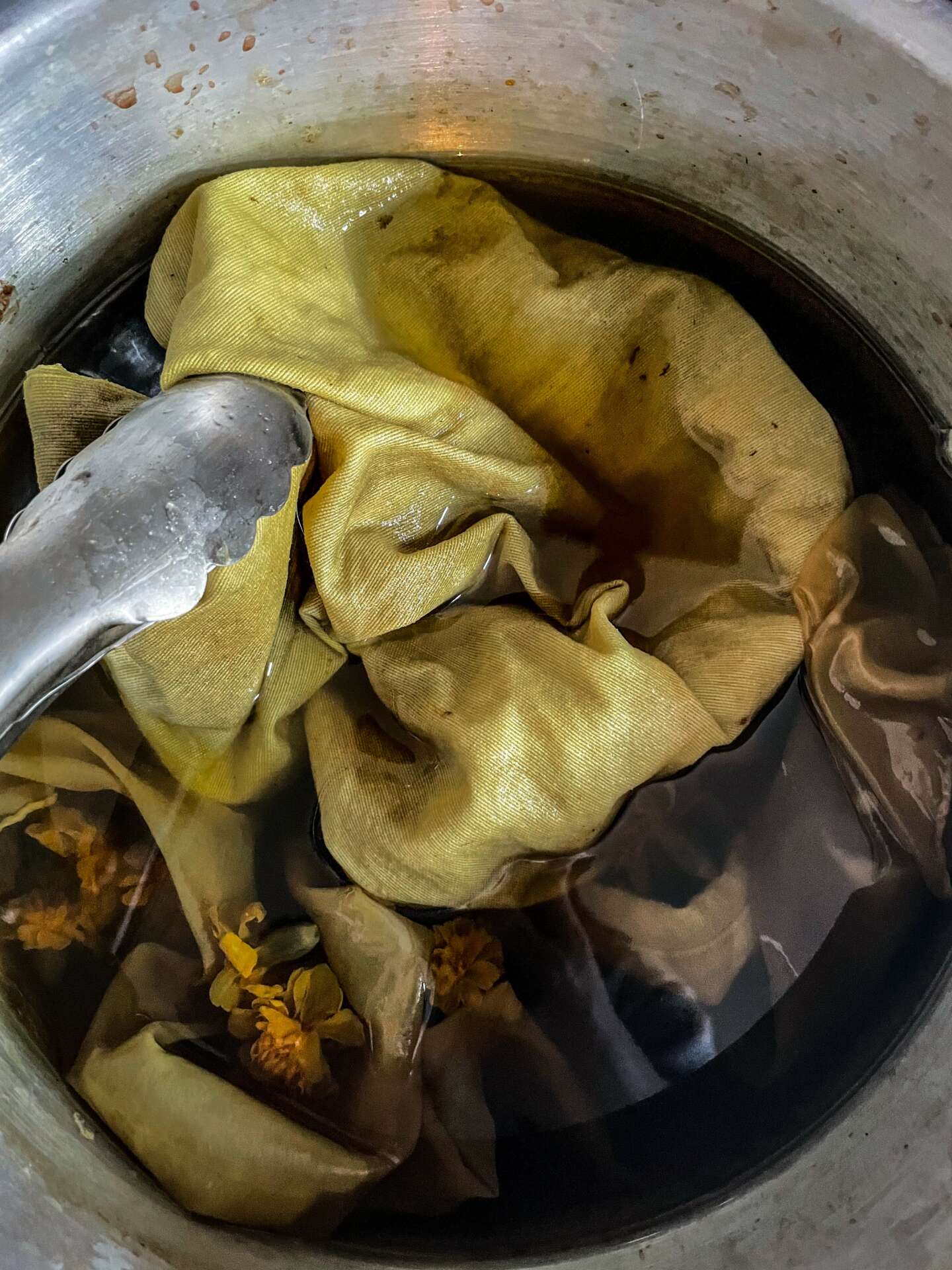
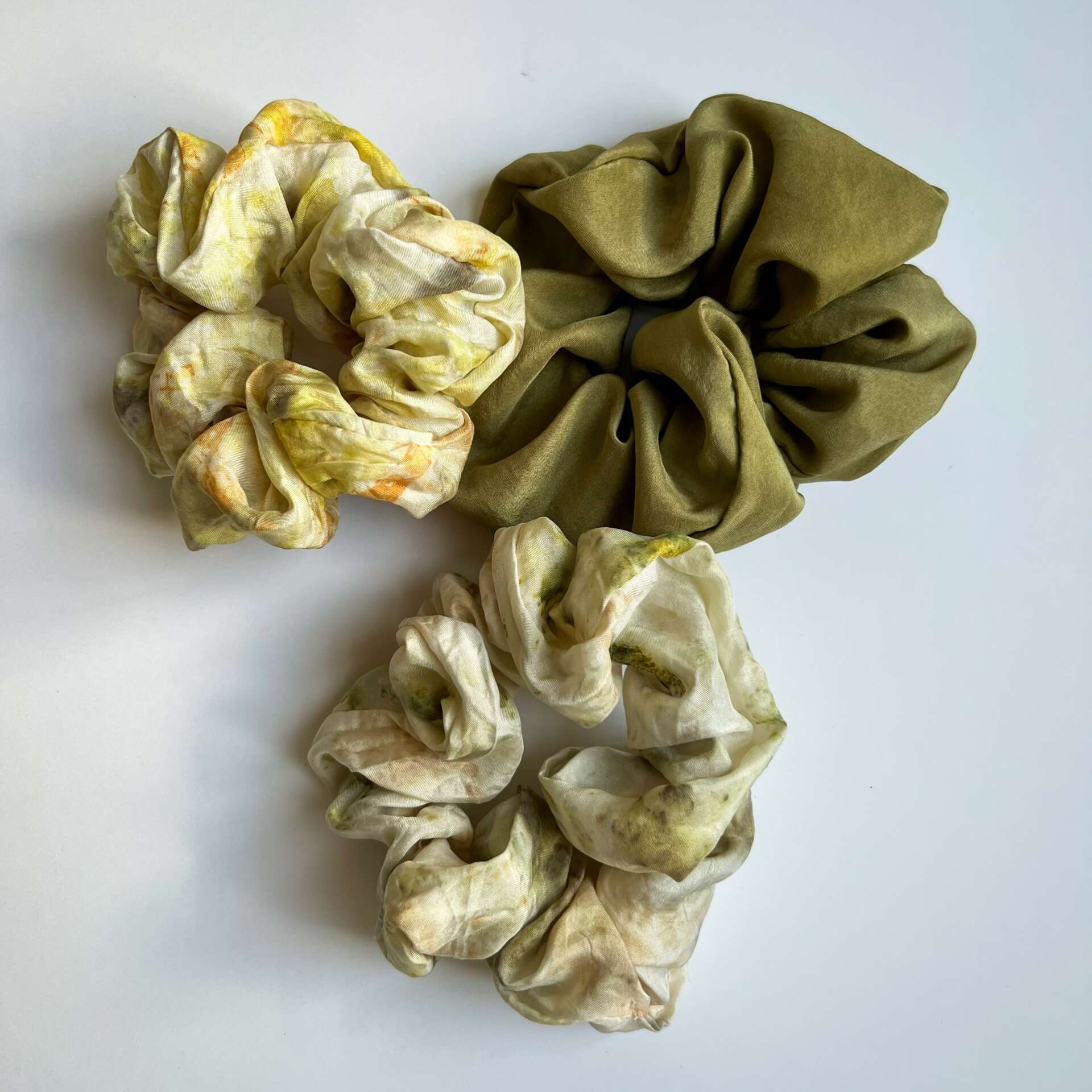
What’s a lesson you had to unlearn and what’s the backstory?
Not every opportunity is something you need to say yes to. I feel like this statement contradicts what you usually hear when you’re first starting a business or trying to put yourself out there. You’re supposed to say yes to everything until you can be selective with your offers. I had to unlearn this in a couple different ways.
One way was an opportunity presented to me the first year I started Sown and Foraged. I had a friend who invited me to table at a maker’s market to sell my products. I showed up at the event before anyone else and opened my four foot long, tiny and pathetic looking table. I had scrounged my entire house for items I could use for displaying products. I worked like crazy to have enough stock made (keep in mind everything was hand sewn) and I handmade all of my price tags and signage. Once everything was set up, I stood back and admired my hard work. Every single thing I had made for the last 9 months on display for the first time and it looked nice! Then the other vendors arrived and out came their giant tents and multiple display tables complete with coordinating display items. I felt embarrassed and not good enough to be there. Ironically, I probably sold more than any other vendor. Unfortunately for me that meant that I had priced everything too low and that I was almost completely out of stock when I had intended on launching my online store the next month.
Doing the market wasn’t necessarily a bad experience. I had a great, albeit exhausting, time speaking with everyone and talking to them about natural dyes. However, not a single person ended up being a return customer or following me on social media. There just wasn’t enough return for the amount of time, effort and stress I had put into the event to make it worth it for me.
The following year when the opportunity was offered to me again, I politely declined and felt great.


Is there something you think non-creatives will struggle to understand about your journey as a creative? Maybe you can provide some insight – you never know who might benefit from the enlightenment.
I picked this question because I don’t personally feel like there’s such a thing as non-creatives! There are people who have more of an affinity for tapping into intuition or a different way of telling a story, but most creative pursuits are learnable skills.
All you need to have is curiosity. Whenever I’m starting a new project, a painting, creating a sewing pattern, dyeing with a new plant material, it’s because I want to know what the outcome will be. I might have a guess or a hope of what I’ll create, but there’s always a bit of chance and it’s the not knowing that makes it a creative endeavor.
Usually one of the first comments I get from people who don’t know me super well is “You’re always creating things”. Which isn’t untrue. They just usually aren’t seeing the things I create that absolutely suck. I don’t have a ton of technical skill if I’m being completely honest. I have endless curiosity. If you lack curiosity, but have learned the skill, you are just technically creative. Learn how to have enough technical skills and keep asking yourself questions and you will have a sustainable creative practice.
Contact Info:
- Website: www.sownandforaged.com
- Instagram: sownandforaged and stephaniejfenner (personal/art)
- Linkedin: Stephanie Fenner
- Other: TikTok @sownandforaged


